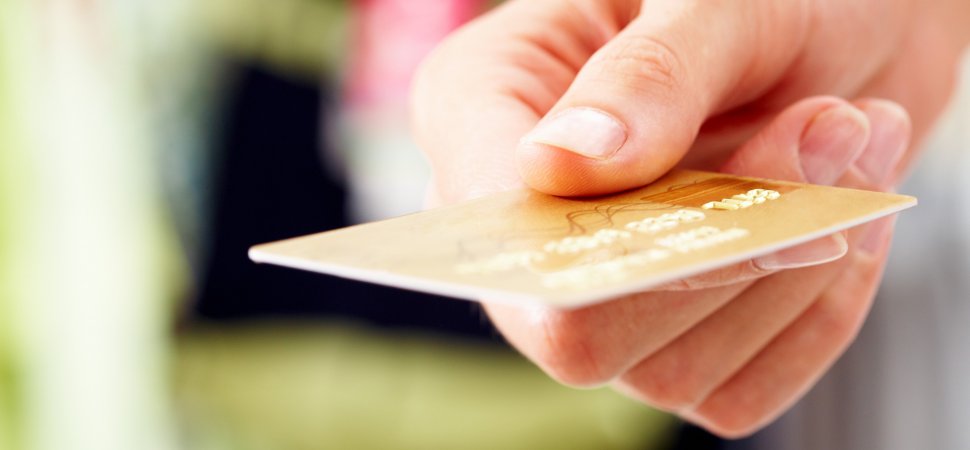The Price-Hike Strategy That Won’t Hurt Sales

A new pricing study of the Chicago ice cream market shows that consumers are four times as sensitive to price increases than they are to package downsizing (charging the same for a smaller volume).
Increasing your profits is almost always an organizational priority. The question is, How do you boost profits without raising prices? After all, the conventional thinking around price increases is that you’ll upset customers–and potentially lose them–if you do it.
Let’s assume, for a moment, that the conventional wisdom is true–and your customers will flee if you raise prices. If your customers are, indeed, that price-sensitive, then you’ll appreciate the results of a recent study of four ice cream brands in Chicago grocery stores by professors Metin Çakir (University of Saskatchewan) and Joseph V. Balagtas (Purdue University) in the Journal of Retailing.
The professors found that consumers are far more tolerant of package-downsizing–wherein the ice cream company shrinks the container size but maintains current prices–than they are of outright price increases, wherein they have to pay more for the same amount. “Marketing managers can use downsizing as a hidden price increase in order to pass through increases in production costs, that is, cost of raw materials, and maintain, or increase, their profits,” reads the abstract.
As Matt Palmquist points out in his fantastic analysis of the study in strategy+business, this finding is, ostensibly, superb news for consumer-products companies, who already had several reasons to downsize package”Companies argue that the practice makes sense, given consumers’ concerns about the environmental impact of large packaging, their desire to reduce their calorie intake, and their demand for smaller quantities and lower prices,” he writes.
The Risks of Changing Package Sizes
Even if the professors are correct–and you’ll upset consumers less by downsizing packages than you would with an outright price increase–there’s still a risk that consumers will perceive your shrinkage tactics as sneaky, or not transparent.
“If you think about how you see products, they have height, width, and depth. If you want to shrink a package without making it noticeable, you keep the height and width the same and shrink the depth. On the shelf, it looks the same as always,” is what John Gourville, a marketing professor at Harvard Business School, recently told the Boston Globe. Other methods, he notes, are deepening the indent in the bottom of a beverage bottle–or simply including less product in a package of the same dimensions.
Consumer advocates are increasingly hip to tactics like this. Longtime advocate Edgar Dworsky told the Globe that “you have to become net-weight conscious, not just price-conscious, and look at unit pricing.”
The Truth About Price-Sensitive Customers
The bottom line? If you’re transparent about why you’re shrinking your packages, perhaps you can now boost profits without upsetting consumers as much as you would with an outright price increase. Chobani, for example, shrunk its 6-ounce cup to 5.3 ounces in December, to which Dworsky raised an eyebrow.
But Peter McGuinness, Chobani’s chief marketing and brand officer, told the Globe that it had nothing to do with price or profits. “It is the established category norm; everyone is at 5.3 ounces,” he said, noting that the larger size created consumer confusion in comparing nutritional information (e.g. “Why do you have more sugar and calories?”)
Of course, the best protection against the whims of price-sensitive consumers is to brand your product as one whose value is so high, a consumer would never opt for a competitor, just to save a few shillings.
Charles Revson, the marketing legend who built the Revlon cosmetics empire, is in many ways the founding father of this strategy. Pricing expert Ron Baker is fond of pointing out that when other nail polish products sold for 10 cents during the Great Depression, Revson’s products were 50 cents. His lipstick sold for one dollar, compared with the 49-cent price of competitors’.
The reason? Revson aimed to differentiate himself from his competitors, all of whom treated makeup like an ordinary consumer product. By contrast, Revson was framing his product as too authentic, and too special in its own right, to be in the same pricing ballpark as ordinary makeup.
So remember Revson if you’re ever in the position of pricing a consumer product from scratch. Think not of your so-called category–and the consumer expectations for price that come with a mindless adherence to that category–and consider how you could build a brand so distinctive, consumers would happily pay more for the privilege of feeling like they, too, in using your product, are a cut above the rest.
![]()

Leave a Reply